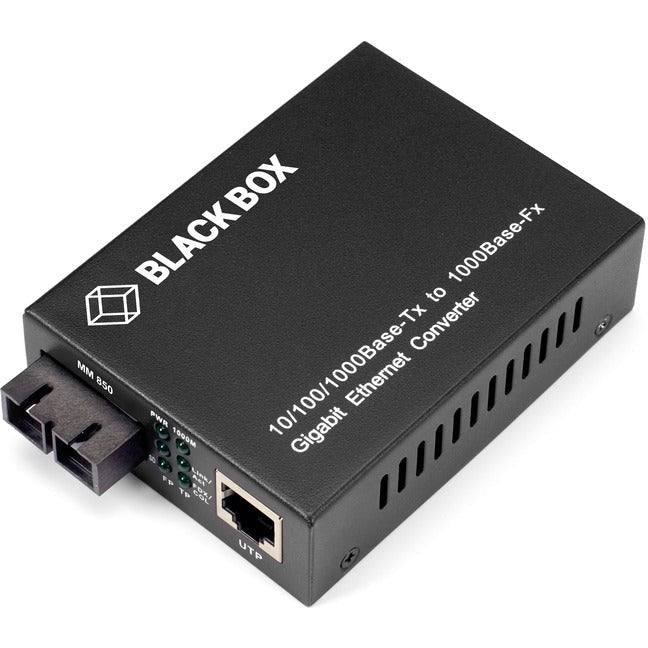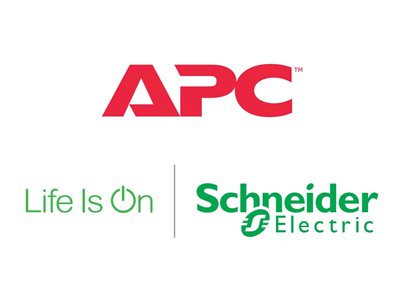3 Features To Consider When Picking A Network Media Converter
Network media converters are devices that allow networks to send data quickly and over large distances. These make them great devices for companies that are constantly sending large quantities of information between networks as it greatly speeds up the process.
There are 3 main features you should consider when picking a network media converter:
The rest of this article will explain the different options available for each of these features, as well as what companies and networks they are best suited for.
1. Speed
The first feature you’ll want to consider when looking at network media converters is the speed at which they can send information. The standard speeds for network media converters are 10 Mbps, 100 Mbps, and 1000 Mbps, and you can even find some that operate at 10 Gbps.
Unless you are working with particularly long files, you shouldn’t need to invest in a media converter with 10 Gbps. Either the 100 Mbps speed or the 1000 Mbps speed will work for the majority of situations.
2. Form
There are two different forms that network media converters can come in, chassis and standalone media converter.
Chassis
Chassis media converters are designed for situations that require a lot of different cables. They are also one of the largest forms and are good for larger networks where more data and connections need to be processed at the same time.
Slide-In Media
Slide-in media converter cards are used to add additional flexibility to a traditional chassis network media converter. They can provide new ports which allow the chassis to connect to more types of connectors.
Standalone Media Converter
A standalone media converter is the smaller of the two forms. They serve the same general function as a chassis media converter but are a much smaller size. This makes them ideal for smaller networks that simply don’t need as much bandwidth or if they need to fit into a smaller area.
The downside to this form of the converter is that since it is smaller, you will be more limited on how many cables it can connect to.
3. Managed or Unmanaged
The third factor that you will want to consider when purchasing your network media converter is whether you want it to be managed or unmanaged.
Managed
Managed media converters are considered by some to be the best option. This is because they offer various extra features such as network monitoring and fault detection. However, they are not a great option for every network.
The benefit of a managed network media converter is that you will be able to customize its settings to fit your exact needs. This means that if your company is particularly concerned about data security, you will be able to set up additional network monitoring to prevent data theft.
The downside is that if you’re not super tech-savvy, you may constantly struggle with your converter to get it to function properly. Due to this, it is best that managed network media converters are left to people that know to operate them correctly.
Unmanaged
An unmanaged media converter is the more basic of the two options. There is no real setup that needs to be done with these devices, you just plug it in and it starts working.
The benefit of this is that they are very simple to use and don’t require extensive prior knowledge of network media converters. This makes them ideal for individuals or smaller businesses that don’t have the resources to hire an IT professional to come in every week.
The downside to an unmanaged network media converter is that you will not be able to customize it to your exact needs.
Key Takeaways
Network media converters are extremely useful devices for companies that have to send large quantities of data over long distances. This is because they can send the information very quickly.
Before purchasing a network media converter it is important to consider the size and needs of your network. There are three factors that you should consider when purchasing your network media converter, the speed, its form, and whether it is managed or unmanaged.
Your final decision when it comes to these features will depend on the specific needs of your company and network.







